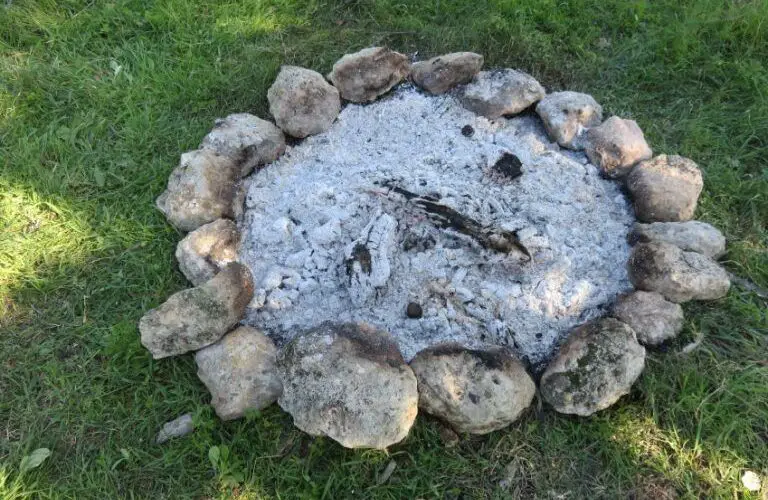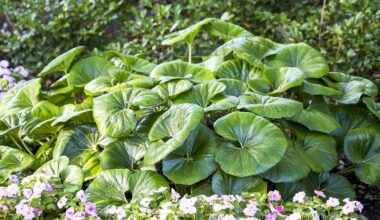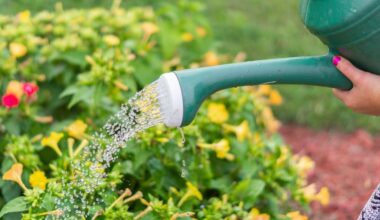Can charcoal ashes from the fireplace, barbecue or wood-burning boiler be easily dumped into the garden? And is it really good for all plants?
In order not to pollute your land or your vegetable garden (and therefore your vegetables and your health), it is better to respect the law by using only natural charcoal ashes, i.e. ashes coming directly from the trees.
Contents
Is ash good for plants?
Yes, it is composed of 20-50% calcium, 14% silica, potassium (3-9%), magnesium (1-4%), phosphorus (0.5-2) and other trace elements. As for potash, it stimulates root development, flowering and therefore fruiting. But ash is also a good soil improve because calcium is important for the clay-humus complex and therefore for soil fertility.
Are all ashes good?
No. Only untreated wood should be used (charcoal ashes from the chimney or wood stove). And mineral charcoal ash is very toxic.
Which charcoal ash to use in the garden?
If you are accustomed to lighting your fireplace with crates, you will need to sift the ashes to remove the staples from the crates. At the same time, you will remove any large pieces of charcoal that may have remained unburned.
charcoal ashes from chimneys, wood stoves, barbecues and brush fires can be recovered when you are not using chemical firelighters, small painted or varnished wood, plywood scraps or wood treated in any way to start your fire. Also do not recover residue from a coal stove.
Always wait until the ashes are completely cold and collect them in an iron bucket.
The charcoal ashes are neither complete fertilizer nor compost.
Sacred Scripture tells us that the first man was born of dust, ashes or earth. And that we will all return to it at our death. Thus, these texts remind us that living beings are made from components of the soil*, and that their life is part of an immutable cycle that passes through the soil again. However, a dead animal or plant does not directly return the same components to the soil if it slowly decomposes or is incinerated.
When, for example, garden waste is burned in an open fire, much of the carbon and nitrogen is vaporized into the atmosphere. The resulting ashes no longer contain organic matter or nitrogen, making it impossible to amend the soil as would the compost (rich in organic matter) from the same waste. Moreover, the ashes are loaded with oxides (of calcium, potassium, magnesium, etc.), which makes them very alkaline (high pH).
How to use charcoal ash in the garden?
charcoal ash can be added to the compost when certain wastes make it too acidic, which can happen with high inputs of citrus fruits or coffee grounds, or if you compost your dry toilet waste containing softwood chips.
Sprinkling charcoal ash in small amounts will help neutralize the acidity produced, but don’t overdo it to avoid disorders such as excess potash and asphyxiation of the compost by clogging its porosity. The filling of a 350-litre compost bin should not have received more than 1kg of charcoal ash, i.e. about 30 handles.
The addition of charcoal ashes to the garden soil is done in autumn or spring when the soil begins to warm up.
If you add ashes to your compost, you will have to limit the spreading of ashes in the garden, always in order not to saturate the soil with calcium and potassium and to unbalance it (50g/m²/year).
If your compost does not require the addition of charcoal charcoal ashes, prefer to spread it directly on the ground at a rate of 80 to 100g/m²/year, no more. Scratch the soil immediately after sprinkling to bury the ash and prevent it from forming a clogging, especially on clay soils.
Charcoal ashes can increase the pH of the soil
Because of this alkalinity, it is best to avoid spreading ashes on soil whose acidity you want to preserve, as is the case with heather soil where hydrangeas, rhododendrons, azaleas, blueberries or Japanese acers grow. If the soil is already slightly alkaline, with a pH above 7.5, it is better not to add ashes. The same applies if the potassium level is high (see at the end of the article where to have your soil analyzed, if necessary).
That said, natural charcoal ashes are welcome in the garden where they bring potassium and some phosphorus. But it should not exceed 250 grams per square meter per year.
Can I put the ash in the compost?
You can compost the ash, but only in limited quantities. However, because of its fine texture and high limestone content, it tends to hinder the proper aeration of the compost and slow down the bacterial activity, and therefore, the proper decomposition of the elements. Asphyxiation is all the more important in compacted and moist composts. Therefore, limit the amount to a handful from time to time.
Summary
The ideal time to use the charcoal ashes in the garden is the end of winter, in March or even April. Indeed, the potash contained in the ash is soluble and easily leached by winter rains. However, it is safe to do so earlier.
When spreading the ash, be careful not to do it on bare ground, otherwise you will quickly observe a beating phenomenon: the ash forms a crust that slows down the circulation of air and water and makes the environment asphyxiating. This is harmful to biological life and plant growth. Instead, spread the ash over a mulch.









